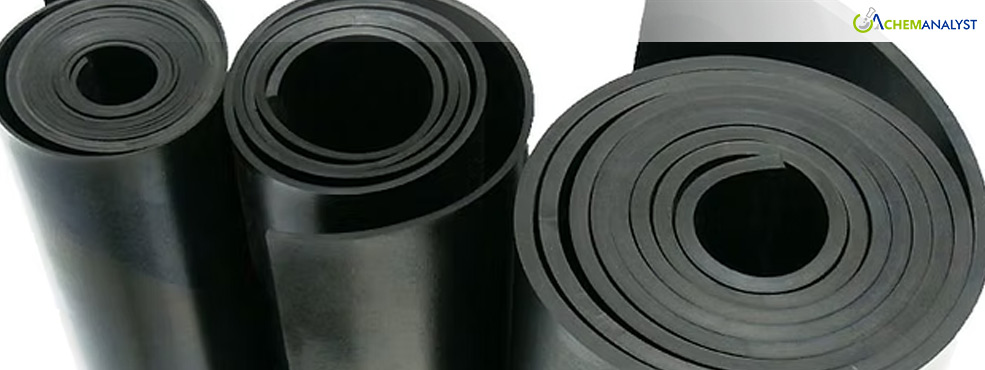Welcome To ChemAnalyst

In December 2024, the European market witnessed a notable decline in Neoprene Rubber prices, largely influenced by the decreased cost of its primary feedstock, Butadiene. This downward trend in the Neoprene Rubber price was further exacerbated by the underperformance of manufacturing sectors across major economies, which dampened the overall consumption of Neoprene Rubber. Reduced demand from key downstream industries, coupled with cautious procurement strategies by buyers, contributed to a softer market sentiment. These factors collectively shaped the pricing dynamics, resulting in a significant downturn in Neoprene Rubber valuations during the period.
In the European market, the price of Neoprene Rubber witnessed a decrement of 4.6% in December. This decline is primarily attributed to the downturn in Butadiene prices, which dropped by 6.28%, significantly reducing the production cost of Chloroprene-based monomers and subsequently influencing Neoprene Rubber prices. Buyer sentiment remained cautious, with market participants hesitant to make aggressive purchases amid subdued demand across key sectors. Logistical challenges, including port congestion during the New Year holiday sessions, had minimal impact on the Neoprene Rubber pricing dynamics due to adequate inventory availability. These factors collectively stimulated the downward trend in Neoprene Rubber prices in December.
The European market for Neoprene Rubber experienced lower demand, largely influenced by mixed performances across key downstream sectors. In the automobile industry, data from the Germany Federal Motor Vehicle Office (KBA) revealed a decline in new passenger car registrations, with a month-on-month drop of 8.1% and a 7.1% decrease compared to December 2023. The construction sector ended 2024 on a weak note, with declining activity due to political uncertainty surrounding the upcoming federal elections. Residential construction remains the most affected, followed by commercial real estate and civil engineering, as subcontractors face reduced demand and falling service prices. Job cuts since April 2022 continue to impact labor productivity and raise costs, signaling further layoffs ahead.
Conversely, the aerospace sector displayed resilience, with Airbus reporting 123 deliveries in December 2024 and achieving a total of 766 deliveries for the year. Despite this, the overall manufacturing sector remains in a prolonged downturn, marked by declining production, slumping orders, and a shrinking order backlog. Intermediate goods saw the steepest declines, while the investment goods sector remains stagnant.
According to the ChemAnalyst forecast, Neoprene Rubber prices are anticipated to continue their downward trend in the coming sessions. This Neoprene Rubber price decrease is primarily attributed to the ongoing economic slowdown and a further decline in feedstock prices, which are expected to reduce production costs. Additionally, these factors are likely to suppress demand and consumption of Neoprene Rubber within the European market, contributing to the anticipated price reduction.
We use cookies to deliver the best possible experience on our website. To learn more, visit our Privacy Policy. By continuing to use this site or by closing this box, you consent to our use of cookies. More info.
